Bushtit (Psaltriparus minimus) Male photos by Larry Jordan
At the end of each year I like to go back and look at the bird photographs I have taken and choose the ones I like the best for a “favorite bird photo” post. I usually choose one photo for each month but this year I have thrown in some extras, probably, for one reason or another, I couldn’t decide on just one for that month. Click on photos for full sized images and click on the name of the bird for a link to my post on that species.
Every January the Bushtits (Psaltriparus minimus) return to my yard right on cue. The photo above of the male in flight was taken on January 9th with my Nikon D90 and the AF VR-Nikkor 80-400mm ED lens at 1/1250 sec, f/5.6, ISO 320.
Last January I also (finally) got a good shot of an American Kestrel (Falco sparverius). I had tried for years (literally) to get a decent photo of this bird, even though I see them nearly everyday on my way to work. This female flew up into a nearby oak tree and posed for several photographs on January 3rd, digiscoped, 1/640 sec, f/2.8, ISO 3200.
Some folks hope to simply get a glimpse of a Rock Wren (Salpinctes obsoletus), including me. But one evening at one of our Audubon board meetings, one of our members told me that there were “Rock Wrens all over the place” out on Ash Creek Road where we occasionally see one or two, when they feel like making an appearance. I went out the next day and spent quite a bit of time with these energetic little birds. This photo digiscoped February 2nd, 1/320 sec, f/2.0, ISO 1250.
This Hooded Merganser (Lophodytes cucullatus) was digiscoped at Turtle Bay on February 10th, 1/200th sec, f/2.0, ISO3200.
I am fortunate to have been able to watch Green Herons (Butorides virescens) nesting for a couple of years since a friend has them nesting in his backyard. This photo was taken with the 80-400mm zoom on March 31st, 1/200 sec, f/8.0, ISO 200.
April this year was a prolific month for me and bird photography. I mean, birds were mating, nesting, calling…it’s a great month for birding and photography!
I had several photographs to choose from and this is a sampling of the joy that April brought to me this year.
April 1st showed me why they call this a Ring-necked Duck (Aythya collaris) rather than a Ring-billed Duck. Here is the male, digiscoped in his breeding plumage, 1/200 sec, f/2.0, ISO 3200.
A California Thrasher (Toxostoma redivivum) showed itself to me on April 11th, digiscoped, 1/400 sec, f/2.0, ISO 1600
I also found Great-tailed Grackles (Quiscalus mexicanus) at Clover Creek Reserve on April 21st where they were exhibiting breeding behavior, digiscoped, 1/400 sec, f/2.0, ISO 1250
On the last day in April, at the Heron Festival in Clear Lake, I got some nice photos of a Barn Swallow (Hirundo rustica) with the digiscoping setup at 1/320 sec, f/2.0, ISO 1600.
If April was busy May was an even crazier month, with more nesting birds available and trips to places like Plumas County.
I’m going to kick off May with a digiscoped photograph of one of the nesting Green Herons with its chicks attempting to coax food from its beak, taken on May 2nd, 1/250 sec, f/2.0, ISO 3200
This male Yellow-headed Blackbird (Xanthocephalus xanthocephalus) kept walking right toward me until he was almost too close, digiscoped on May 20th in Sierra Valley, 1/500 sec, f/2.0, ISO 1600.
And on May 30th, the Evening Grosbeaks (Coccothraustes vespertinus) returned to my backyard in full breeding plumage. I photographed this male with my 80-400mm Nikkor at 1/400 sec, f/5.6, ISO 250.
The Western Bluebirds (Sialia mexicana) were in the middle of their nesting season when I took this shot of the female sticking her head out of a nest box at Lema Ranch on June 1st with the 80-400 zoom at 1/160 sec, f/5.6, ISO 400.
By the 13th of June, the juvenile Bald Eagles (Haliaeetus leucocephalus) were making their first flights at Turtle Bay. This youngster digiscoped at 1/500 sec, f/2.0, ISO 3200.
On a hot July day at Mary Lake, after missing a quarry, I caught a rather upset Great Blue Heron (Ardea herodias) fishing. This image was digiscoped at 1/640 sec, f/2.5, ISO 3200.
And at Lassen Volcanic National Park, a pair of Common Ravens (Corvus corax) were instructing their young on the finer points of being corvids on July the 24th. I captured this adult with the digiscope, being quite vocal at the top of a snag, 1/640 sec, f/2.2, ISO 3200.
August was pretty darn hot around here and I didn’t do much bird photography, but in September I took another trip to Clear Lake and not only found this Clark’s Grebe (Aechmophorus clarkii) which I photographed with the AF-S Nikkor 70-300mm ED lens at 1/1600 sec, f/10, ISO 1000.
But the really exciting find on Clear Lake was an apparently lost Parasitic Jaeger (Sterocorarius parasiticus), a lifer for me, of which I took several photos with that same lens, this one at 1/1250 sec, f/9.0, ISO 1000.
I took a trip to the coast the weekend of October 22nd and spent some quality time at Arcata Marsh. Among the treasures found at this amazing wildlife sanctuary was a Snowy Egret (Egretta thula) fishing, digiscoped on October 22nd at 1/1000 sec, f/3.5, ISO 3200.
Marbled Godwits (Limosa fedoa) were everywhere at the marsh, probing the mudflats with that long upcurved beak. I digiscoped this bird on the same day at 1/640 sec, f/2.5, ISO 3200.
I saw and photographed so many great birds at Arcata Marsh, there should be more posts coming up on those adventures.
Coming back home I was fortunate to have a Red-breasted Sapsucker (Sphyrapicus ruber) fly directly to the tree in front of me while photographing Ruby-crowned Kinglets! This was a new yard bird for me too! I used the Nikkor 70-300mm ED lens when I photographed him on October 30th at 1/1000 sec, f/5.6, ISO 400.
The weather has held through most of November and December offering excellent opportunities to get out and bird in northern California.
November 28th, Buffleheads (Bucephala albeola) were king. I captured this beautifully iridescent male at Turtle Bay with the digiscope at 1/640 sec, f/2.5, ISO 3200.
The weekend before last, on December 10th, I drove down to Colusa National Wildlife Refuge where a Falcated Duck had been spotted. I dipped on the duck but got some great shots of some other species.
There is a line of overhanging trees along the waterway through the refuge where several Black-crowned Night-Herons (Nycticrax nycticoras) roost. I digiscoped this bird, one of two that actually opened its eyes, at 1/500 sec, f/2.0, ISO 3200.
Then along the back of the refuge auto loop, I spotted a male Belted Kingfisher (Ceryle alcyon) sitting on an overhead wire, as they often do. I got the digiscope on it for a few quick shots before he took off. I rather liked this one scoped at 1/800 sec, f/3.2, ISO 3200.
As I rounded the last section of the auto loop at Colusa, I came upon hundreds of Snow and Ross’s Geese (Chen rossii). This shot of these beautiful little snow geese was taken with the digiscope as they lifted into the air at 1/800 sec, f/3.2, ISO 3200.
I hope you enjoyed my favorite bird photos of 2011! I am looking forward to another great birding year ahead and I hope you are too!
If you want to see more great bird photography from all over the world, check out World Bird Wednesday and come join the fun!

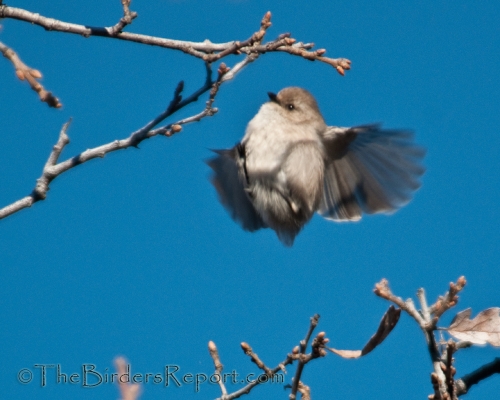
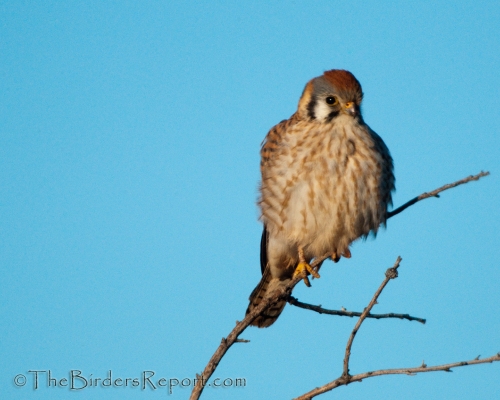
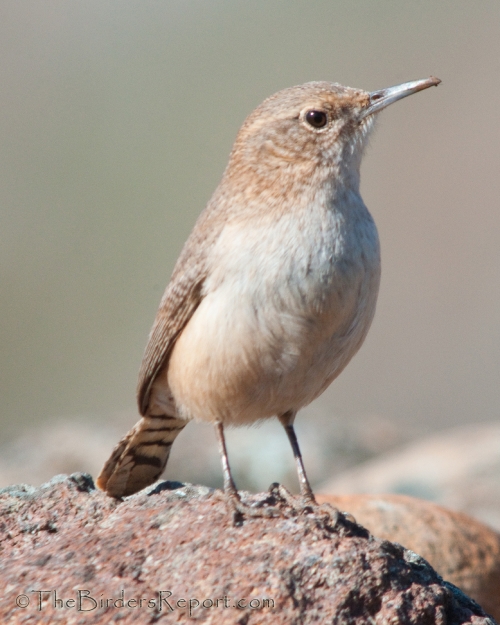
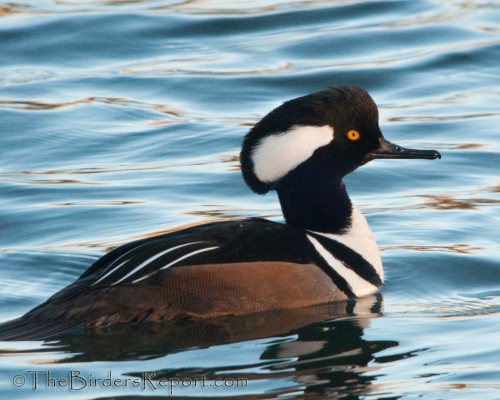
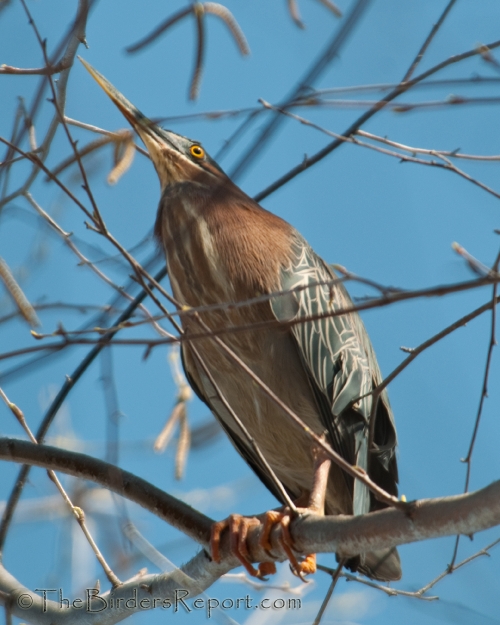
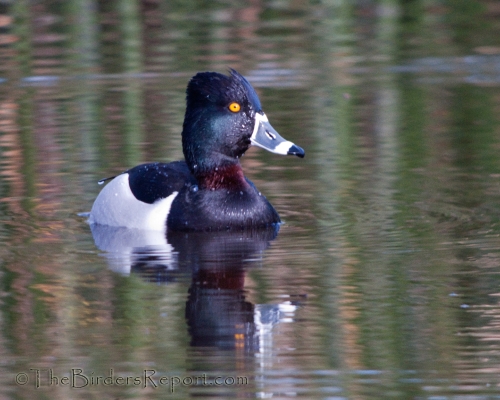
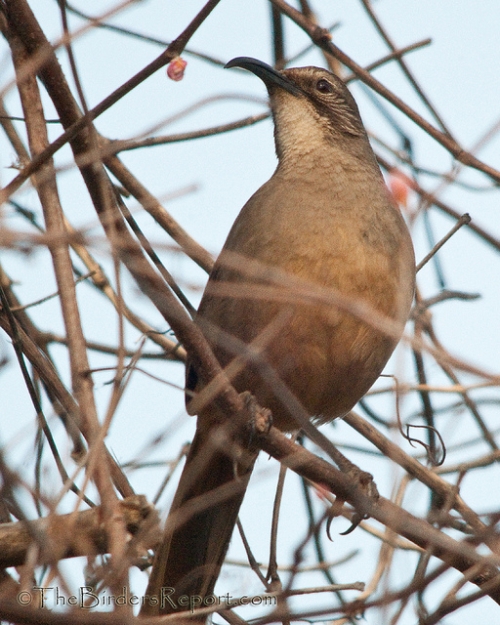
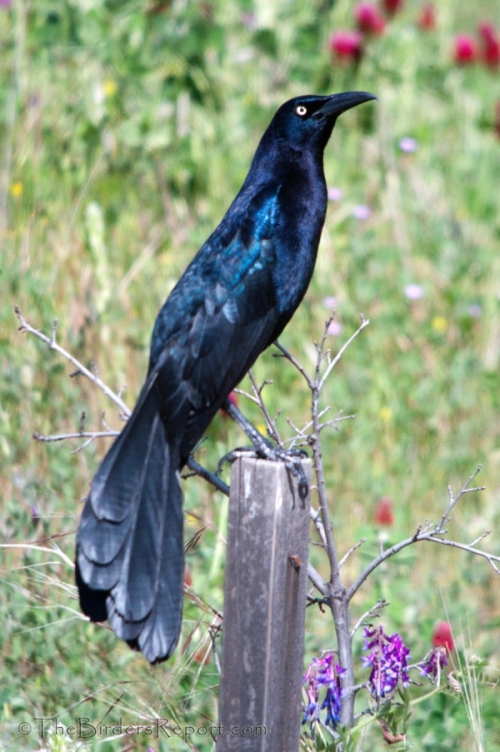
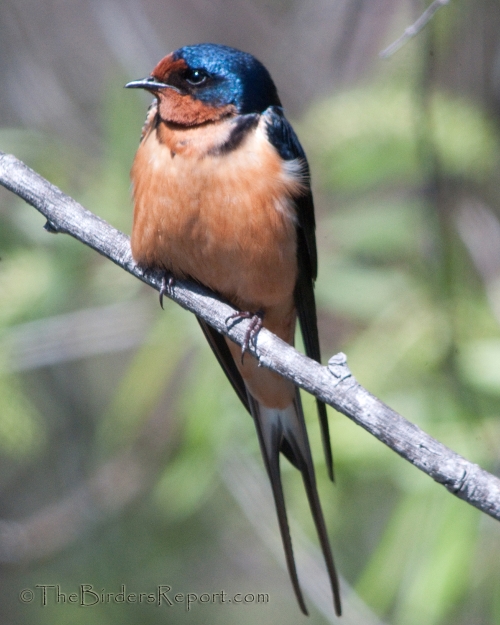
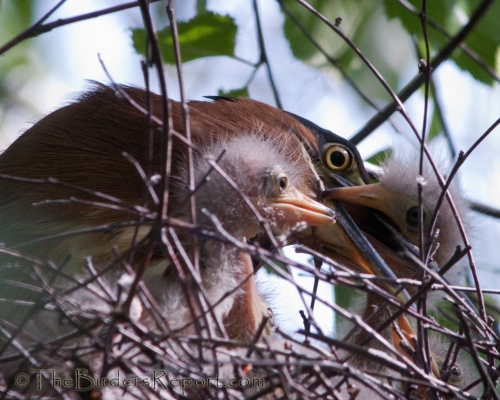

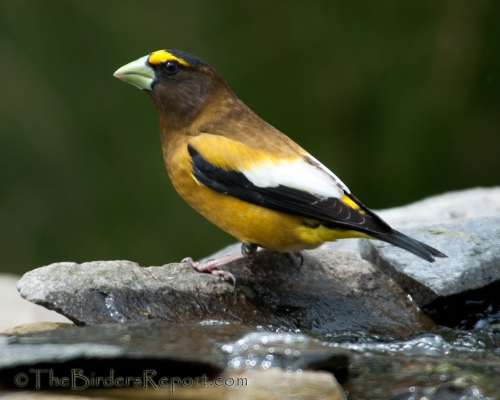
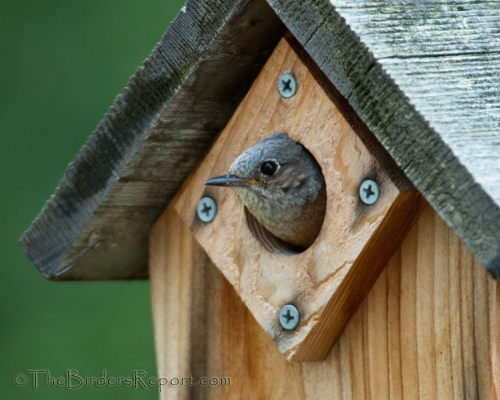
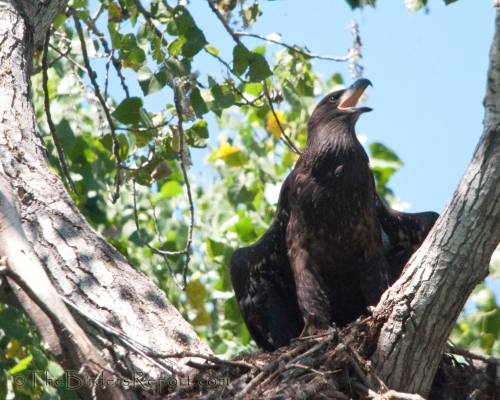
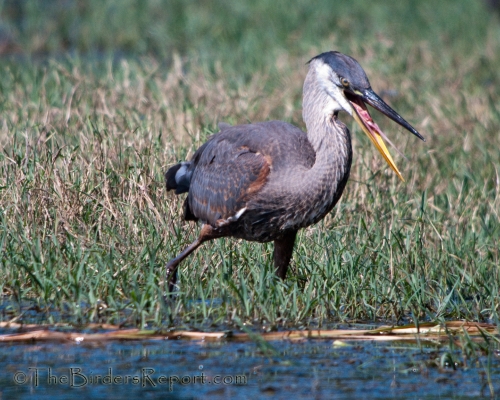
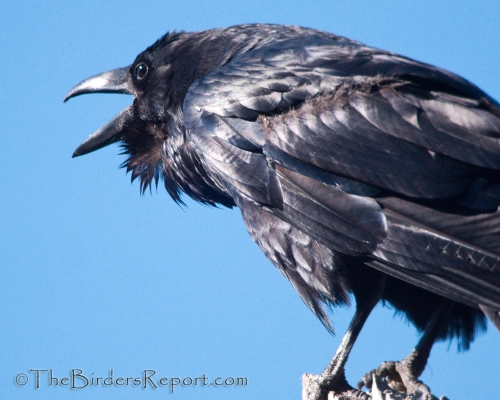
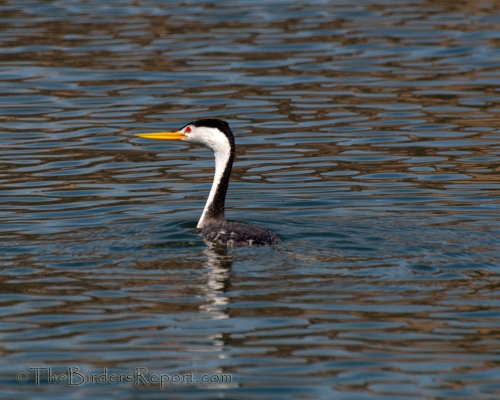
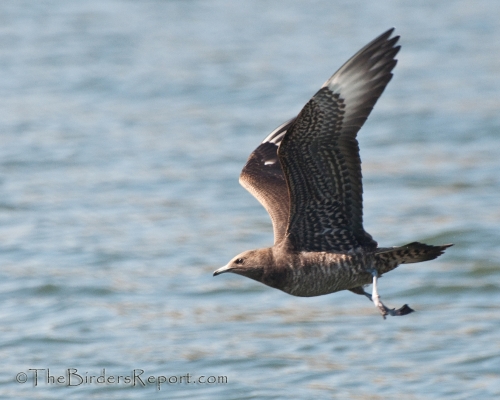
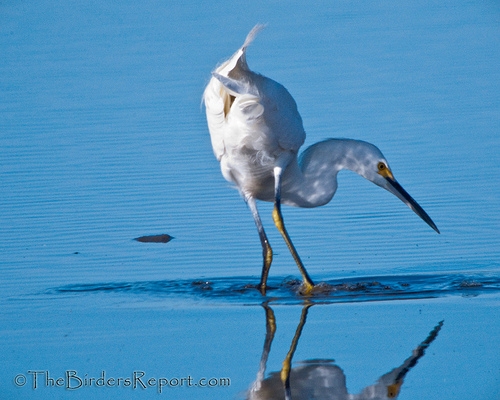
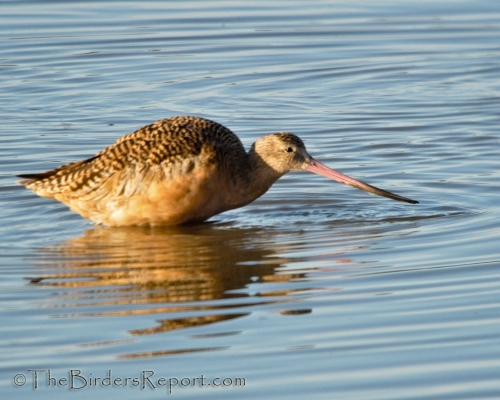
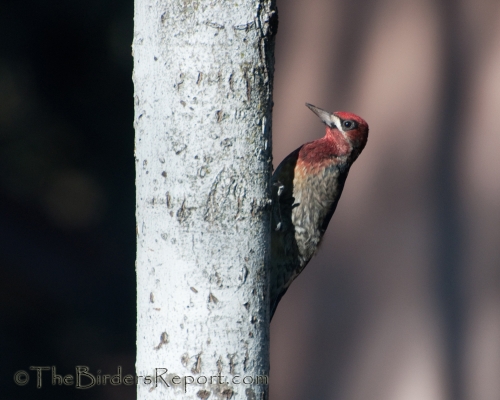
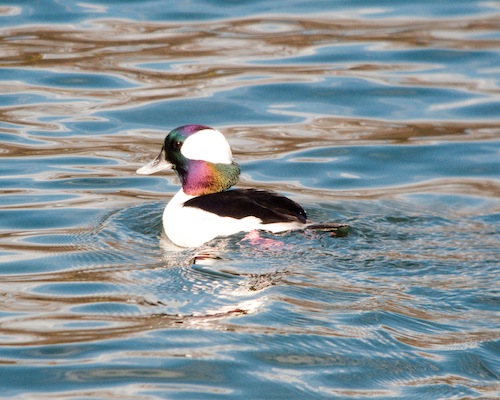
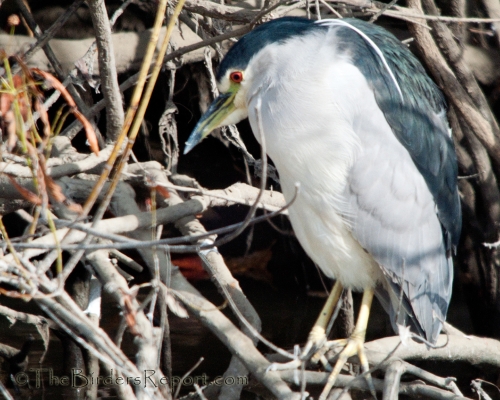
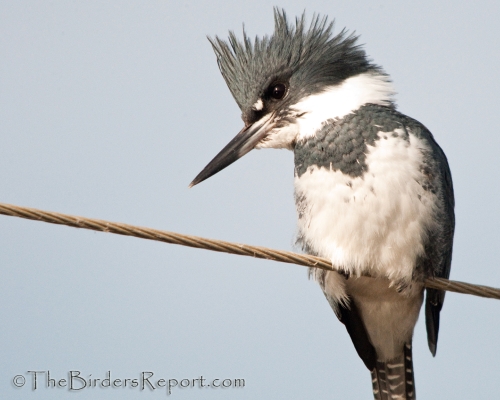
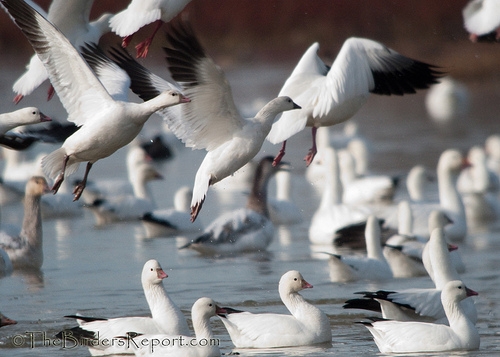








Comments on this entry are closed.
Great photos, Larry. I like your idea of remembering the best ones for each month. My favorite is the Bluebird with its head out of the nest box. I remember that post!
Great series of photos, Larry! I just love the green heron and chicks. Happy Holidays to you and your family.
What a great selection Larry.
The colours on the head of the Bufflehead are amazing.
these are all great, larry! lots of birds i don’t get to see here, and a few i do but never get such great shots as these! nice post!
Digiscoping…and I have trouble just hanging on to the camera..LOL…These are awesome and I hope that you and your loved ones have a wonderful holiday season…Michelle
Wonderful images to see Larry… you had a wonderful 2011.
A lot to live up to during 2012.
Take care and please accept my best wishes for Christmas and the New Year.
A most glorious series of favorite bird photographs! I can see why the selected photos appealed to you. A few of these birds do not visit my neck of the woods, so it’s especially enjoyable for me to view them on your wonderful post. All are fantastic but the Kingfisher shot is an absolute masterpiece!
@Mick thank you for your comments and support!
@Eileen thank you and I hope you have a wonderful Christmas and a prosperous New Year!
@Keith thanks! I love those Buffleheads!
@Theresa thank you very much
@Michelle thanks and your have a great holiday season as well!
@Andrew thank you for your kind words. May you and yours have a very Merry Christmas and a prosperous New Year!
@Julie thank you so much! Isn’t WBW an absolute joy?
What a year! Magical stuff, I enjoyed every picture and word of it. Many of these birds are on my wish list. The very last picture of the geese amazes me for its beauty and the fact you were at ISO 3200!
Happy Holidays to you Larry!
All beautiful … made even more interesting by the story behind each image. The plumage curls and the reflections of the Snowy Egret are so lovely. I’m particularly fond of the Bushtit photo because it shows how dramatically different they can appear (lean or round) depending on their pose.
You picked some great shots for this year-end series!
@Dave thanks for giving us all a platform for our bird photography and the ability to share our photos with other bird and nature lovers around the world! I look forward to World Bird Wednesday every week!
@Ingrid thank you for your support! I hope everyone reads your post on “Giving Birds a Fair Distance.” I think humans need to be more aware of wildlife in general and realize that we share this planet with many other species, some of which are arguably more intelligent than ourselves.
@Pat thank you very much
Brilliant images Larry! I was choosing a few favourites but as I scrolled down I gave up. You have so many great shots & such great information. I am in awe! Hopefully one day I can capture images like this and in manual mode. I have only just started to experiment a little and I still really have no idea which combinations to use.
stunning shots of all of them. 🙂 Some I recognice, others I don´t. 🙂
Wishing you a happy New Year. 🙂
Thanks very much, Larry! And yes, I agree … “some of which are arguably more intelligent than ourselves.”